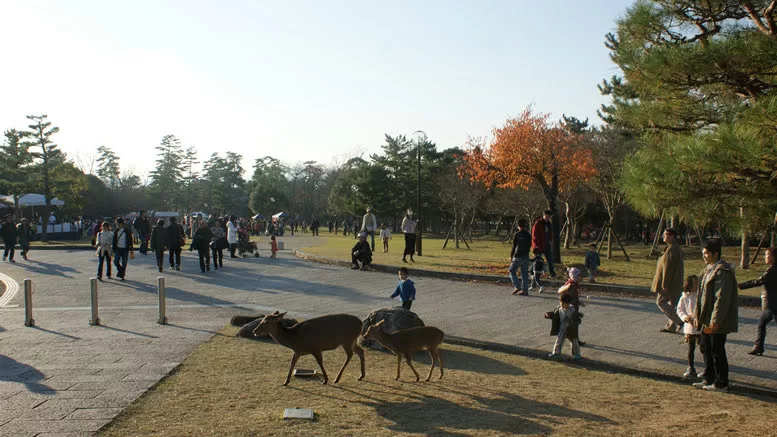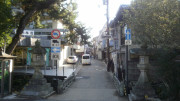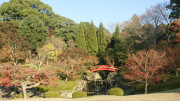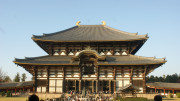The Kasuga Grand Shrine (also known as Kasuga-taisha) was founded in 768 AD by the powerful Fujiwara family around the time when Nara was Japan’s capital.

Although the shrine has been rebuilt several times since its founding, today both the shrine and the nearby Kasugayama Primeval Forest are designated as a UNESCO World Heritage Site, forming part of the “Historic Monuments of Ancient Nara”. The shrine is renowned for its distinctive architectural style, known as “Kasuga style”, which is characterised by the curved shape of its roof.
One of Kasuga-taisha’s most striking features is the 2,000 stone lanterns that line the pathway leading to the shrine through Deer Park, where friendly deer roam freely. These deer, considered sacred in Japanese culture, are a popular attraction, with tourists often purchasing shika senbei (deer crackers) to feed them and capture memorable photos.
Kasuga Grand Shrine Garden
The Garden of Kasuga Grand Shrine spans approximately 1.5 hectares and features a central pond surrounded by over 900 plants from 300 different species. Throughout the year, the garden hosts several traditional festivals and ceremonies, including:
- Gagaku (May 5) – A festival showcasing classical Japanese court music and dance.
- Bugaku (November 3) – A performance of traditional imperial court dance.
- Setsubun Mantoro (February 2) – A lantern lighting ceremony to ward off evil spirits before the arrival of spring.
- Obon Mantoro (August 14) – A lantern festival held during Obon, a time to honour ancestral spirits.
Visitor Information
The shrine and gardens are open year-round, with seasonal opening hours:
- Summer (April – October): 6:30 AM – 5:30 PM
- Winter (November – March): 7:00 AM – 4:30 PM
Getting to Kasuga Grand Shrine
Kasuga Grand Shrine is located a short walk east of Nara Park and the Nara National Museum. It is easily accessible on foot from Kintetsu Nara Station (about 20 minutes walk) or JR Nara Station (about 30 minutes walk). Alternatively, visitors can take a Nara Kotsu bus and get off at Kasuga Taisha Honden bus stop.
Official Website
www.kasugataisha.or.jp




